When home users gradually turned to large-screen TVs, the new term for laser TV has been on the rise since 2013 and is of concern to many users. So, what is laser TV? What is the working principle of laser TV? So far, which brands of laser TV deserve our attention. The following article is for you to elaborate.
What is a laser TV?Laser TV is not a new concept. In the 1990s, there was a prototype of technology. In 2003, a laser TV prototype was launched. From 2006 to 2007, consumer electronics giants such as Mitsubishi and Sony also launched laser TV prototypes. In the early days of laser TV development, foreign consumer electronics giants played the role of laser technology promoters. However, in 2012, due to poor sales, Mitsubishi, the pioneer of laser TV, issued an official statement: "The existing production model has been unable to maintain the normal operation of the company, so the company no longer produces DLP and LaserVue laser TV.
Although in the wave of display technology many times, domestic manufacturers are in a state of follow-up, but in the field of laser TV, domestic manufacturers finally seized the opportunity. In 2014 alone, domestic manufacturers such as Hisense, Optoma, Changhong, Hualu, Konka, Vision, and Yidian have launched laser TVs, which means that the “outbreak period†of laser TV seems to have arrived!
How laser TV works:The working principle of laser TV is also easy to understand. It mainly consists of a laser, a light deflector and a screen. The laser TV is mainly composed of a laser, a light deflector and a screen, and uses a semiconductor-pumped solid-state laser to generate R (red), G (green), B (blue) continuous, three-wavelength laser light sources, and controls R through television signals. , G, B laser scanning images.
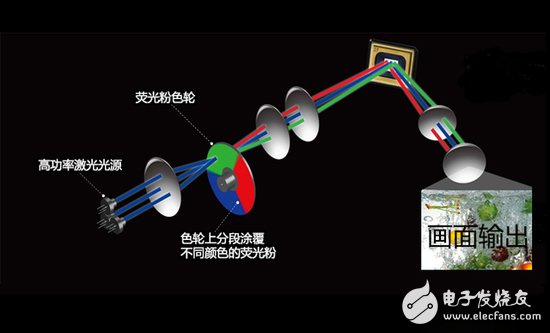
Laser TV display principle
Laser TVs use lasers as a light source and eliminate the need for a light bulb as a light source. The first is to use a very high power laser source to concentrate more than 100W of light energy per square meter. High energy density is the key to achieving high brightness of the laser TV source, otherwise it will not be able to display a picture of sufficient brightness.
Secondly, the high-speed rotating fluorescent pink wheel is also necessary for laser TV. On the color wheel, the segments are coated with phosphors of different colors. When the color wheel rotates at a high speed, the emission of different primary colors can be realized, and we can see the colorful picture. At the same time, the high-speed rotating color wheel is also responsible for another very important function, which is to let the temperature of the phosphor drop rapidly, so as to avoid being destroyed by high-power laser, and has achieved the purpose of normal illumination.
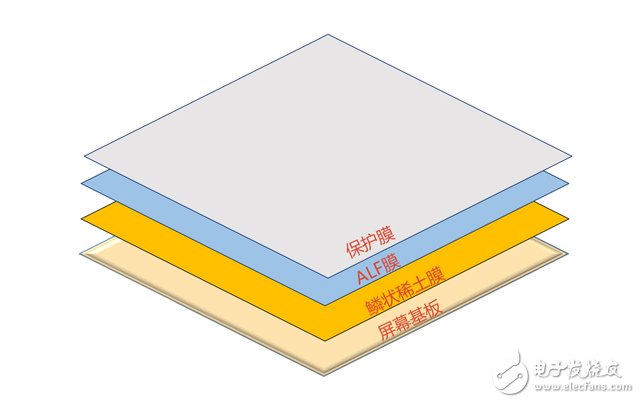
Look at the simple laser TV screen, there are also a lot of learning
In addition, the screen used by laser TVs looks like LCD TVs, but it is quite different. The laser TV screens use a cold screen, which is a screen that does not require a power supply. In addition to the glass substrate, a multi-layer film is added to reduce the diffuse reflection of light and make the picture appear clearer.
The advantages of laser TV:1. The "laser" of laser TV is 100% monochromatic light, and the R, G and B colors are separately modulated, and the color effect is very ideal. In this way, the color gamut can theoretically exceed 110% of the NTSC color gamut, which is a higher grade than the OLED 100% NTSC color gamut. The improvement of the color gamut not only makes the picture look more transparent, more realistic, and layered, but the sharpness also increases greatly with the increase of color saturation.
Since the backlight of the laser TV is R, G, and B lasers, only one "screen" is needed, which can be made thinner and suitable for home use. The light of the laser TV reaches the human eye through reflection, and there is no stroboscopic light, which makes the light softer and reduces the damage to the human eye.
2. The screen size of the laser TV is flexible, it can be projected onto various material surfaces (the surface can also be used), and it is suitable for almost all TV standards such as NC, PAL and SECAM.
3, ultra low power consumption, healthy and environmentally friendly. The power consumption of a 100-inch laser TV is only equivalent to that of a 40-inch LCD TV. The life expectancy at room temperature is generally tens of thousands of hours. If it is calculated for 10 hours per day, the life of a laser TV can reach 10 years, so it is a kind of Long life and high reliability products.
What are the advantages and disadvantages of Hisense Laser TV and the price of Hisense Laser TV?As early as 2007, Hisense's layout of laser TV has been launched, with vertical integration capabilities from R&D, design to production. Up to now, Hisense has 141 technical patents, which can hold 70% of the manufacturing cost in their hands. This is also the internal support of Hisense to eliminate the objection and boldly push the laser TV.
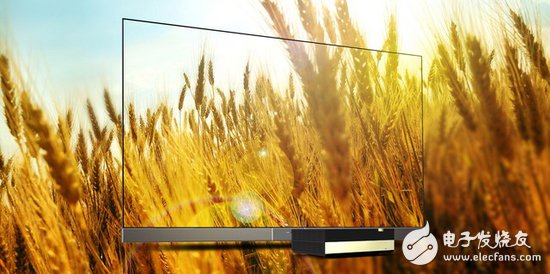
Hisense has 141 technology patents that can hold 70% of manufacturing costs in their hands.
Liu Hongxin, President of Hisense Group, fully demonstrated the confidence and persistence of laser TV technology in the speech of the conference. "The reflective imaging display of laser TV and the matching Fresnel passive optical screen can make the viewing process healthier and more comfortable. The power consumption and power consumption are about 1/2 and 1/10 of the similar size LCD TV, and the weight is only 1/10 of the similar size LCD TV. We judge that with the serialization of laser TV, 2016 will become the laser. In the first year of the development of cinema TV, laser TV will compete with the oversized LCD TVs of 70 inches or more."
Hisense timely grasped the major opportunities for industrial transformation and upgrading. The mass market launch of laser cinema TV will also activate the large-screen TV market, which will have strong competitiveness in both domestic and international markets. In addition to the original technical advantages, the second-generation laser TV introduced this time has added multiple sizes of coverage, from 85-inch, 100-inch to 120-inch, to meet the needs of application scenarios.
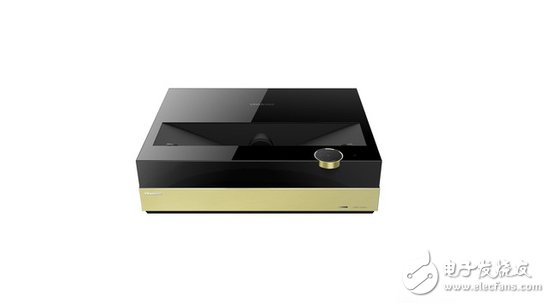
Hisense second generation laser TV
The principle of laser TV optical imaging + laser reflection + passive bionic curtain makes the light reflect like a cinema, creating a more comfortable viewing effect, minimizing the mirror glare and strobe of the glass screen, the light is softer and can be true Restores natural colors and details for a better viewing experience.
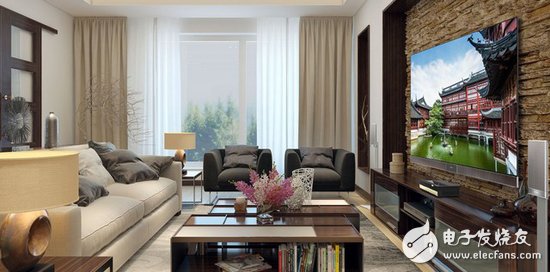
The principle of optical imaging + laser reflection + passive bionic curtain makes the light reflect like a cinema
Hisense Laser TV is boldly innovative in the design of optical path. The original telecentric structure optical path design expands the wider light transmission channel and the brightness performance is better. The use of independent intellectual property rights of the same frequency laser coupling technology, color conversion, interference interference technology and virtual expansion technology and other advanced means, making the laser TV colorful, 2 to 3 times larger than the color gamut of ordinary TV, reaching 116% NTSC color gamut Cover and add HDR technology to the application, let the color reproduction be true, the image highlights and the details of the low-light parts are vividly displayed.
Although laser TVs have improved all-round comparisons with LCDs, OLEDs, and projectors, we must also clearly see that laser TVs at this stage are not without drawbacks. Although the brightness is very obvious compared with the projector, it can be seen clearly in a bright environment, but it does not achieve the effect of LCD and OLED TV. The effect on the picture in the bright scene is still relatively large.
Resolution is the most intuitive problem at present. LCD and OLED are generally 4K, and higher 8K products are not uncommon. Laser TV only achieves 1080P. Although this may be the least affecting factor, laser TV is the same. You can work on this to create a more perfect visual experience.
Even though laser TVs currently have an advantage over LCD TVs of the same size, they are still relatively expensive. 100-inch laser TVs are sold for 59,990 yuan, which is unbearable for ordinary families. We hope that in the future, we can see more products that are more intimate, and truly make laser TV "fly into the homes of ordinary people."
Light-duty casters Manufacturer
NingBo Casters (China)Tecgnology Co., Ltd112 , http://www.sitez.com